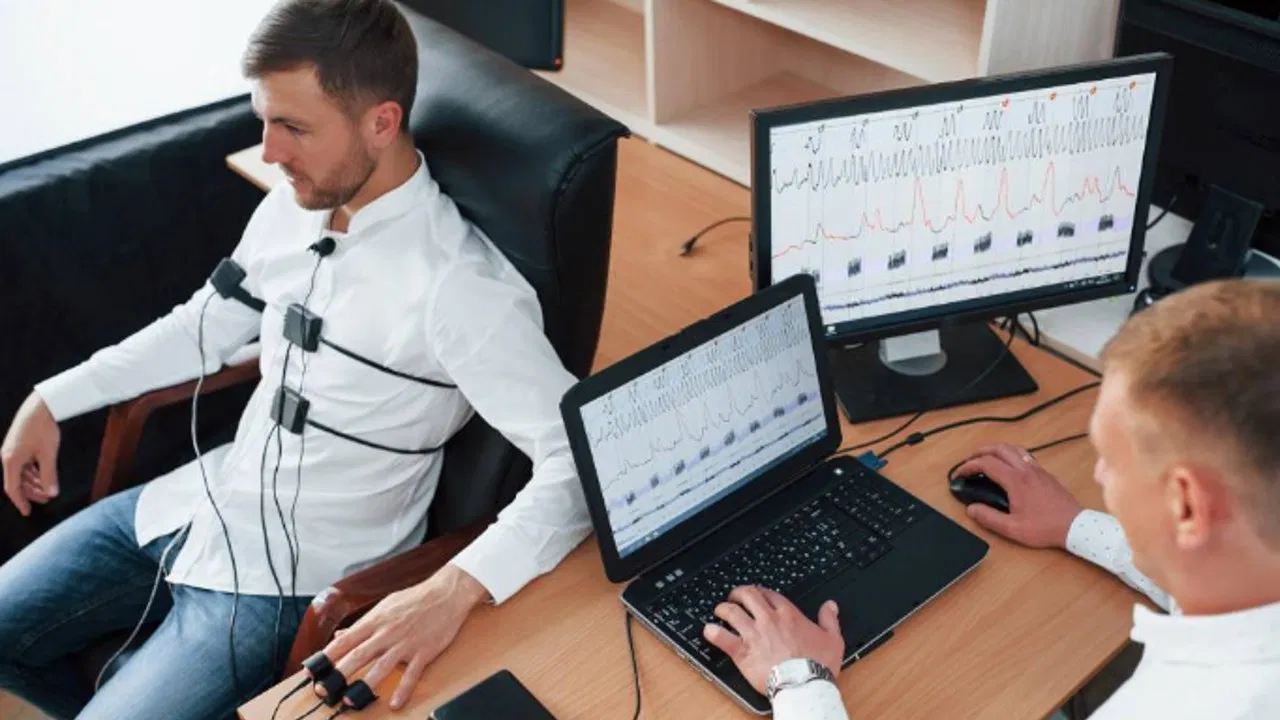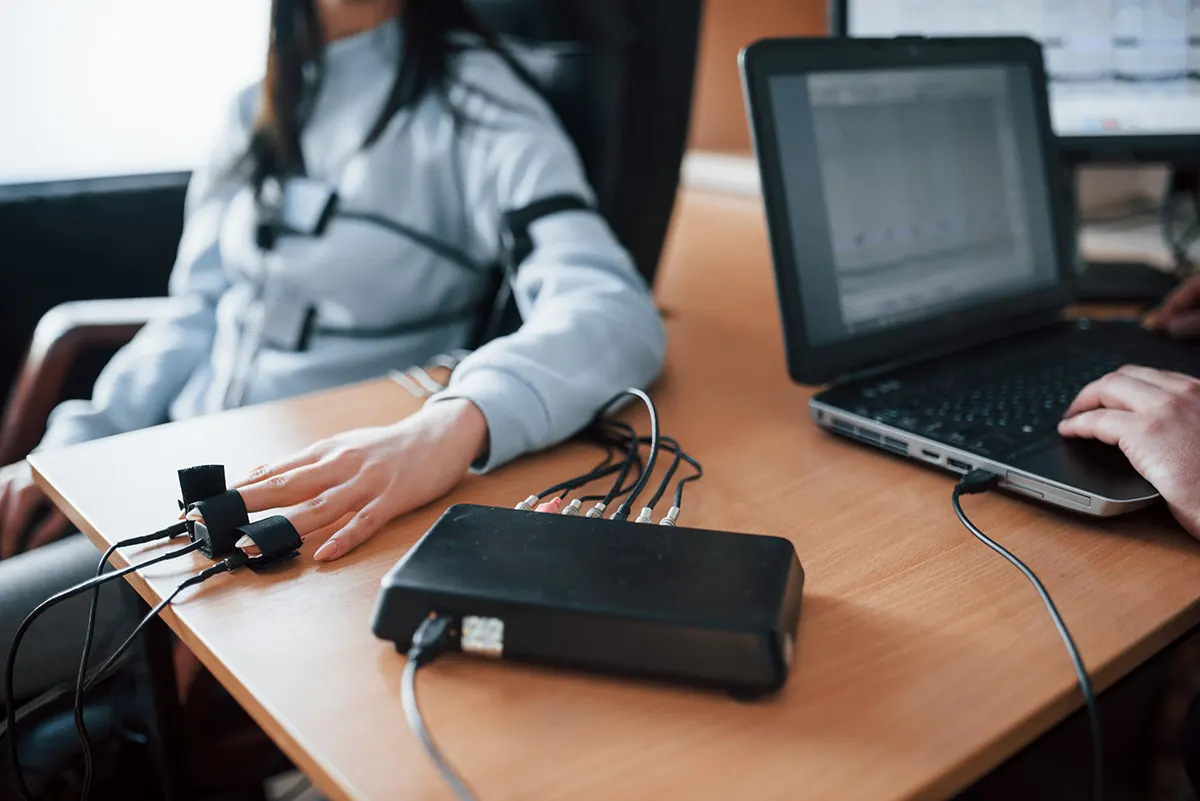Long cloaked in mystery and doubt, lie detector tests—also known as polygraphs—have often been presented in popular media as means of exposing dishonesty. These tests gauge physiological reactions to ascertain a person’s truthfulness. Knowing how Lie Detector Test Minnesota operate and assessing their accuracy can assist in demystifying this divisive instrument.
Lie Detector Test Methodology
- The foundation of a lie detector test is the idea that lying can cause bodily physiological changes. Many sensors are fastened to the person’s body during the exam to track important physiological markers, including heart rate, blood pressure, breathing pattern, and skin conductivity. Usually starting with a set of baseline inquiries, the examiner starts to establish the normal physiological reactions of the individual.
- Once the baseline is set, the examiner asks important questions as well as controls. While relevant questions directly relate to the subject under investigation, control questions are meant to elicit a physiological reaction reflecting normal worry. The polygraph records the subject’s physiological reactions to every inquiry, therefore enabling the examiner to evaluate the data for notable changes.
The Examiner’s Function

The examiner’s level of expertise determines much of the success of a lie detector test. Examining for trends suggesting dishonesty, a skilled professional reads the data. Still, the interpretation of polygraph findings can be arbitrary, and depending on the same data, various examiners might come to different conclusions. This fluctuation begs doubts regarding the accuracy of lie detector tests as final proof of honesty or dishonesty.
Limitations and Efficiency
- One of the hotly contested issues is whether lie detector tests are really effective. Proponents contend that in particular situations—such as criminal investigations or employment screening—where evaluating honesty is critical—polygraphs can be helpful instruments. Depending on a number of variables, including the context of the questions and the person being examined, some studies indicate that polygraphs may fairly identify dishonesty 70% to 90% of the time.
- Critics draw notable restrictions, though. False positives can result from factors including anxiety, medical disorders, and even the presence of some medicines affecting physiological reactions. Furthermore, jurisdiction affects the legal acceptability of polygraph results; many courts see them as untrustworthy as sole proof.
Lie Detector Test Minnesota offer a remarkable window into the junction of psychology and physiology. Although in some cases they can provide insightful analysis, their efficacy is not perfect, and knowledge of their constraints is therefore vital. Lie detector tests should be utilized carefully and in concert with other kinds of evidence as with any investigation technique to find the truth. In the end, the search for honesty still presents a difficult task much beyond the reach of a machine.

